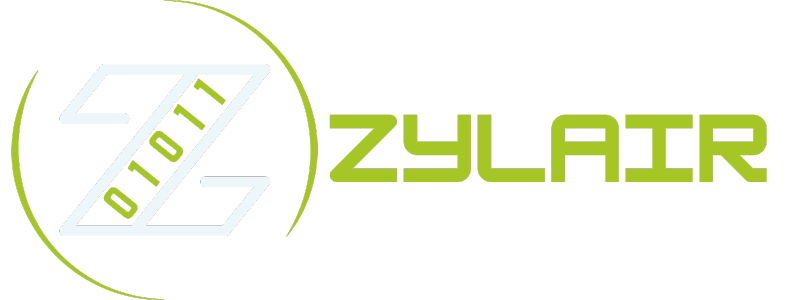A Sobering Reality Many of Us Still Overlook
I remember clearly a morning several years ago when our team presented our latest health and safety report to our executive team. We were confident we’d captured every possible risk, evaluation, and near-miss incident. But as soon as the session finished, reality landed hard: a supervisor approached me and mentioned several critical shop floor incidents I’d never heard of.
Turns out, our frontline staff were avoiding the clunky, slow incident reporting tools we’d set up—tools that were supposed to keep them safe, not frustrate their day. Later research revealed a surprising statistic I’ve kept front-and-centre ever since: According to the Health and Safety Executive (HSE), over 33% of incidents in manufacturing never get properly reported (UK figures). In the US, OSHA compliance records indicate similar patterns.
That means a significant chunk of health and safety risks go unnoticed because staff avoid or forget to report them. Let’s be honest: it’s hard to fix problems we don’t even know exist in the first place.
Why Your Safety Reports End up in the Shadows
In the hectic bustle of a busy manufacturing environment, our teams have more important things to do than wrestle with outdated software or tedious paper forms. Too often, the incident reporting tools we rely upon seem to have been designed by folks who’ve never actually set foot on a shop floor. Manual reporting steps, overly complicated interfaces, and slow loading times turn simple safety actions into long-winded chores.
I remember finding half-filled incident reports scribbled hastily on notepads during site walkthroughs—clearly evidence of a workforce frustrated by poor design. And who can blame them? Time spent battling confusing paperwork or technology could be better invested into core tasks or actual safety improvements. When reporting safety risks takes longer than fixing them, it’s human nature to skip the hassle—regardless of best intentions.
Not only does this friction limit the quality and accuracy of our safety data, it can also undermine morale. Employees inevitably question why management can’t offer a simpler solution, potentially creating tensions and driving a wedge of resentment between frontline teams and management.
Integrating AI Tools into Your Existing EHS Workflow
Through reflection and a fair share of trial-and-error, I’ve realised the importance of making the right solution incredibly easy to adopt in a real-world setting. What if, instead of forcing busy workers to stop everything to file laborious incident reports, we could automate some of the hassle away? I’m not talking fantasy, just practical automation tailored to everyday reality: the power of AI-enhanced EHS automation.
An AI-supported platform isn’t about replacing human judgement—it simply eliminates the repetition and time-wasting. Imagine a scenario where team members can verbally report incidents via smartphone or tablet on-site—after all, most of us are already almost surgically attached to our mobile devices! The software uses artificial intelligence to transcribe their words, categorise the incident, and prompt follow-up actions automatically. It’s also clever enough to identify and remind responsible staff members when follow-ups are missed.
Another practical tip: plugging AI-enabled safety reporting into existing digital checklists and dashboards that teams already use daily. The fewer foreign interfaces you introduce, the faster employee acceptance and compliance happen, dramatically reducing friction.
We’ve seen direct evidence of this at my own facility: incident reporting increased by a staggering 40% within three months after moving from clunky manual processes towards a simplified AI-driven approach embedded into tried-and-tested daily routines. Crucially, team morale improved significantly too. The way I see it, that’s two huge wins for the price of one.
The Big Reward: Boosting Compliance and Winning Hearts
When health and safety incidents go unreported—not from negligence, but from frustration—compliance inevitably suffers. But here’s the kicker: better reporting processes don’t just improve compliance with regulations and standards; they actively foster a healthy, engaged safety culture. Presenting frontline teams with smoother, intuitive ways to log and highlight safety concerns builds better habits.
We quickly realised that automating incident reporting wasn’t just ticking a regulatory box—it was building trust. Employees who see real-time action in response to their quickly-reported incidents feel their effort matters. In return, they report hazards proactively rather than reactively. Rather than begrudgingly filling forms (or skipping them altogether), they now actively look for ways to stay ahead of issues.
I won’t pretend we’ve reached incident-reporting Utopia. I still believe strongly in the human touch to interpreting health and safety data. AI still isn’t going to walk around on my shop floor and feel that subtle vibration or smell that particular odd odour. AI-supported EHS automation cannot—and shouldn’t—replace thoughtful human decisions.
What it absolutely can (and does) do, though, is make our jobs easier, bring unseen risks into the daylight faster, and hugely improve both regulatory compliance and team morale.
So next time you see a blank accident book page, half-filled-in forms gathering dust—or the telltale sign of your employees’ frustration at manual reporting tasks—perhaps pause for thought. Investing in practical, seamless AI-supported incident reporting tools that fit naturally into existing workflows may prove not a radical change, but a simple decision whose time has definitely come.




